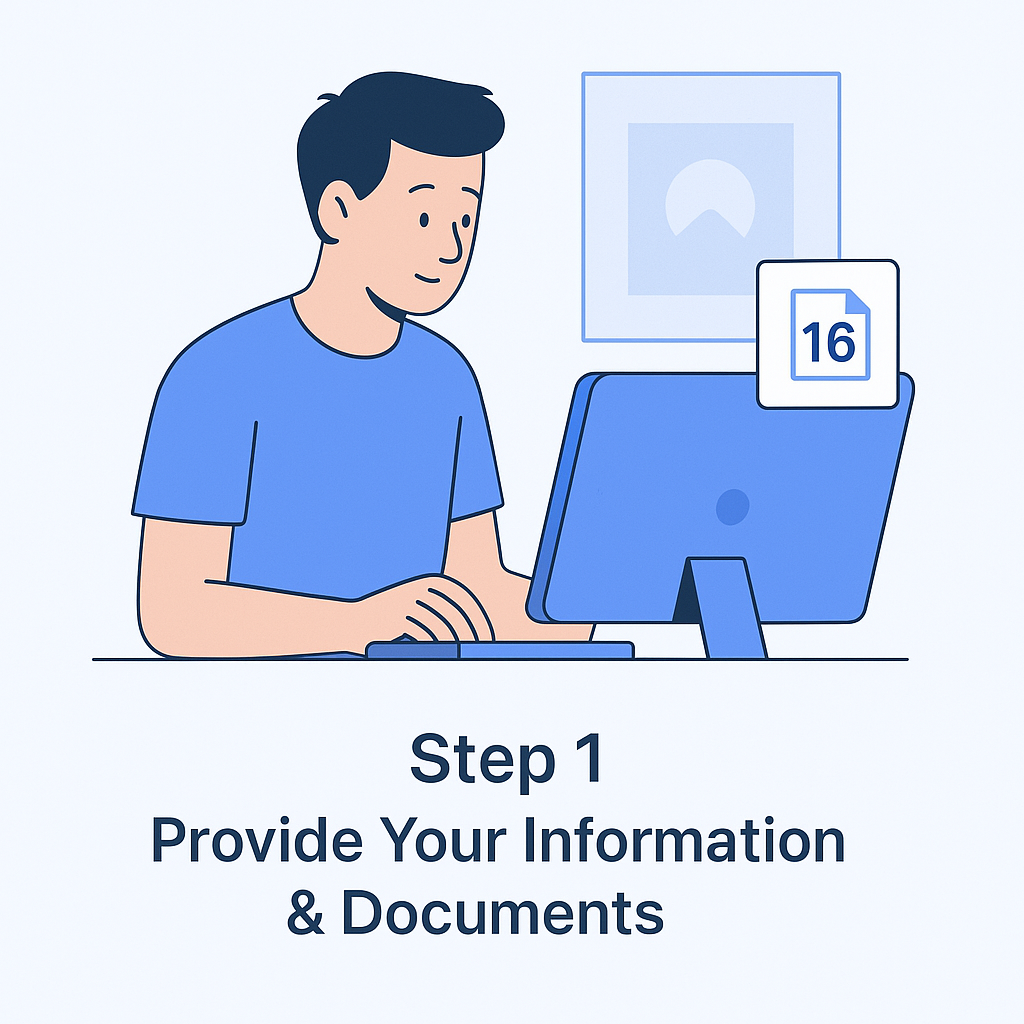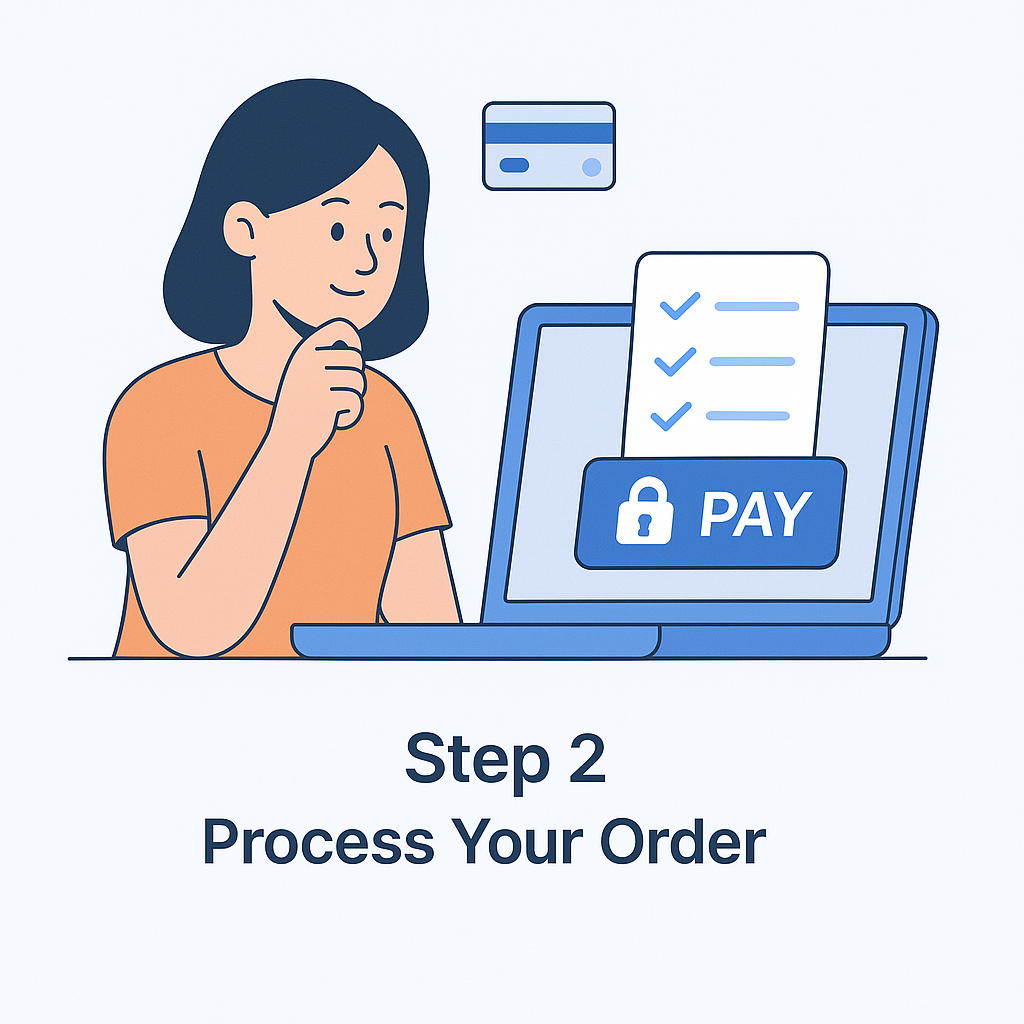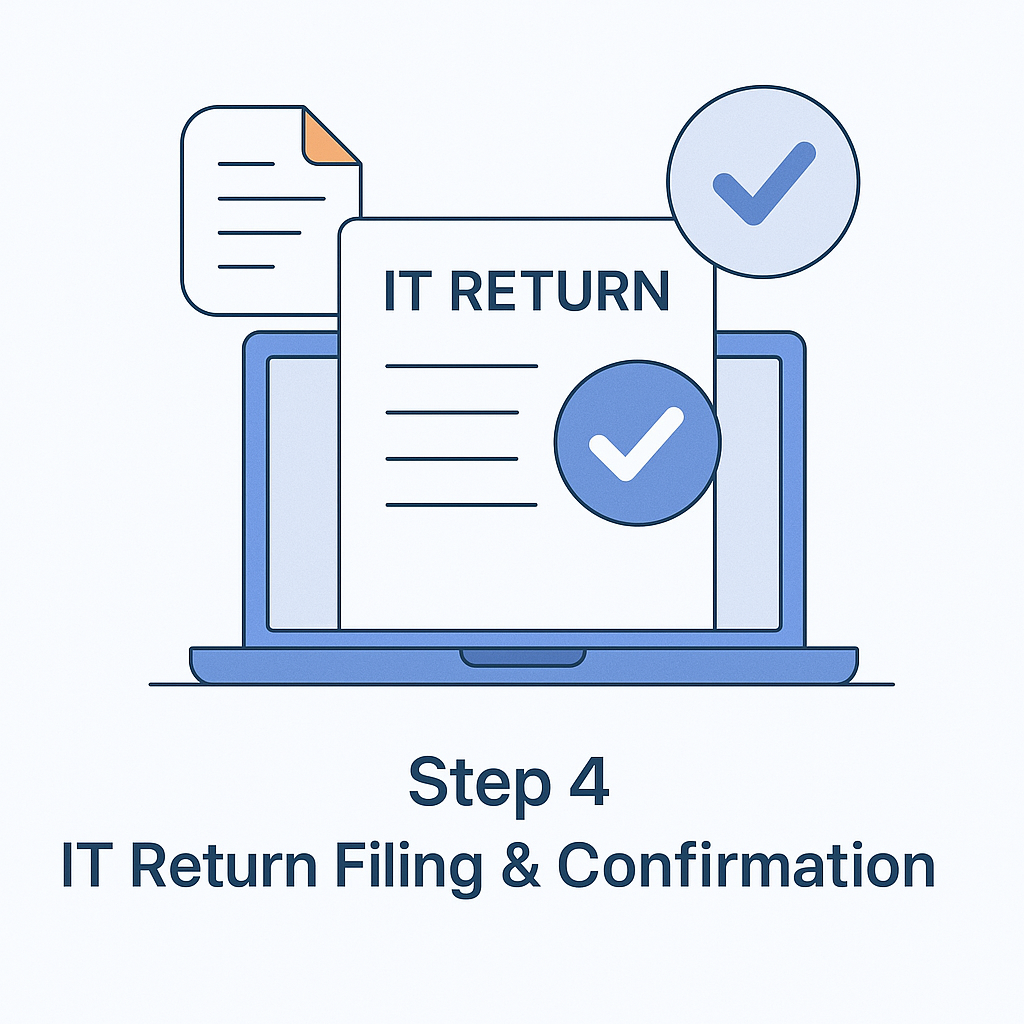
Online Tax Accounting System: Review
Online Tax Accounting System is a system initiated by Income Tax Department, launched in 2004 for collecting information and maintaining records of taxes paid online through a network of bank branches.
What is the requirement of Online Tax Accounting System?
Before the launch of OLTAS, the government collected taxes only through banks manually, but this process was time-consuming, prone to error and tiresome. To avoid the glitches and imperfection related with manual tax collection, The Advisory Group on Tax Reforms recommended a system. This system is a network which connects Income Tax Department, various banks and Reserve Bank of India for smooth online transmissions, regarding tax collections or refunds between the banks and Income Tax Department, including the settlement of funds with RBI.
The initial trial on OLTAS was restricted within the corporate taxpayers, but since 15th February 2004, the project was upgraded, covering both corporate and individual taxpayers. On 1st June 2004, the OLTAS pilot was launched all over India, covering all the participating banks and their authorized branches in India.
To check that the procedures involved in Online Tax Accounting System have proceeded smoothly, a selection of authoritative bodies were assigned to co-operate as a network.
The bodies include:
- The Central Board of Direct Taxes.
- The Indian Banks Association.
- The Controller of Accounts.
- The Reserve Bank of India.
An Insight into Direct and Indirect Taxation in India Get Details
The main objectives behind the launch of OLTAS in India
The government initiated Online Tax Accounting System in India for the following reasons:
- To gather all the direct taxes online.
- For maintaining an account of every direct tax transactions made online.
- Making reports of payments and storing the receipts of the direct taxes paid.
- To smoothen Tax Accounting procedures between the authorized banks and their branches.
How have OLTAS benefited Taxpayers?
OLTAS has been highly beneficial for the common taxpayers, as it has simplified things where one needs to fill just a single Challan (official receipt or invoice) instead of the four-part Challan filling system. OLTAS has also made it possible for taxpayers to obtain verifications at one’s own branch of a bank within the very instant, upon the payment of tax.
The taxpayer can also be assured if the payment made has been accounted for, once they receive the acknowledgment counterfoil, stamped with a Challan Identification Number (CIN). Through OLTAS one can also view all the details of taxes paid, by simply visiting www.tin-nsdl.com and entering the unique CIN assigned by the bank. Taxpayers are no longer required to attach copies/acknowledgment of challan with the Income Tax Return as he/she will simply be required to produce the CIN details.
The Functions of OLTAS
The Income Tax Department of India has introduced a specific file format, regarding the uploading of tax payment data. It is mandatory for every participating bank and their branches to utilize this specified format while generating and transferring any information or data related to tax.
As per the directives of OLTAS, a taxpayer will use only a single copy of a common challan for the following:
- Challan Number ITNS 280 is for corporate taxes as well as for regular income tax.
- Challan Number ITNS 281 is required for depositing all TDS and TCS.
-
Challan Number ITNS 282 is required for paying the following taxes:
- Gift Tax
- Wealth Tax
- Hotel Receipts Tax
- Estate Duty
- Securities Transaction Tax
- Expenditure Tax
- Any other direct tax
- Challan Number ITNS 283 is required for any tax related to fringe benefits or banking cash transactions.
After the bank has stamped the challan, the taxpayer will receive its counterfoil containing a unique Challan Identification Number (CIN).
Everything To Know About Taxpayer Identification Number Get Details
What is a Challan Identification Number?
The elements that make up CIN are:
- Challan consists of a 7 digit number (bank BSR Code). This code is related to the bank where the taxpayer has made the tax deposit.
- The date the challan was presented.
- A 5 digit serial number assigned to the taxpayer by the bank on that particular day.
The taxpayer must provide his/her CIN with the Income Tax Return as proof of the payment of tax.
OLTAS Challan Status Enquiry
Taxpayers are provided with a facility through which they can easily check online for details regarding the status of their challan with the assistance of the Tax Information Network (TIN). This facility offers secured tax payments with a confirmation that all tax payments are verified under the name of the taxpayer.
Search Tools for Taxpayers to check the Status of their Challans Online
CIN based View:
On entering a unique Challan Identification Number (BSR Code of Collecting Branch, Challan Tender Date and Challan Serial Number) and amount (which is optional),
A taxpayer can view the following details:
- BSR Code
- Date of Deposit
- Challan Serial Number
- Major Head Code with description
- TAN / PAN
- Name of the Tax Payer
- Date of receipt by TIN
- Confirmation that the amount entered is correct
TAN based View:
If a taxpayer can produce a TAN along with the date of which the challan was given out by the bank, then he/she can access the following information:
- CIN
- Major Head Code with description
- Minor Head Code
- Nature of Payment
Frequently Asked Questions
Read More About
In the News
-
Now, file your tax returns with All India ITR mobile app
Gadgets Now: Technology firms are gearing up to meet tax compliance deadlines with great fervour. All India ITR, an online tax compliance firm launched its e-filing app that works on both Android and iOS.
14th June 2017
Gadgets Now
 Tax
Tax
 Income Tax
Income Tax
 Sales Tax
Sales Tax
 TDS
TDS
 GST
GST
 Service Tax
Service Tax
 VAT
VAT
 Tax Calculator
Tax Calculator













